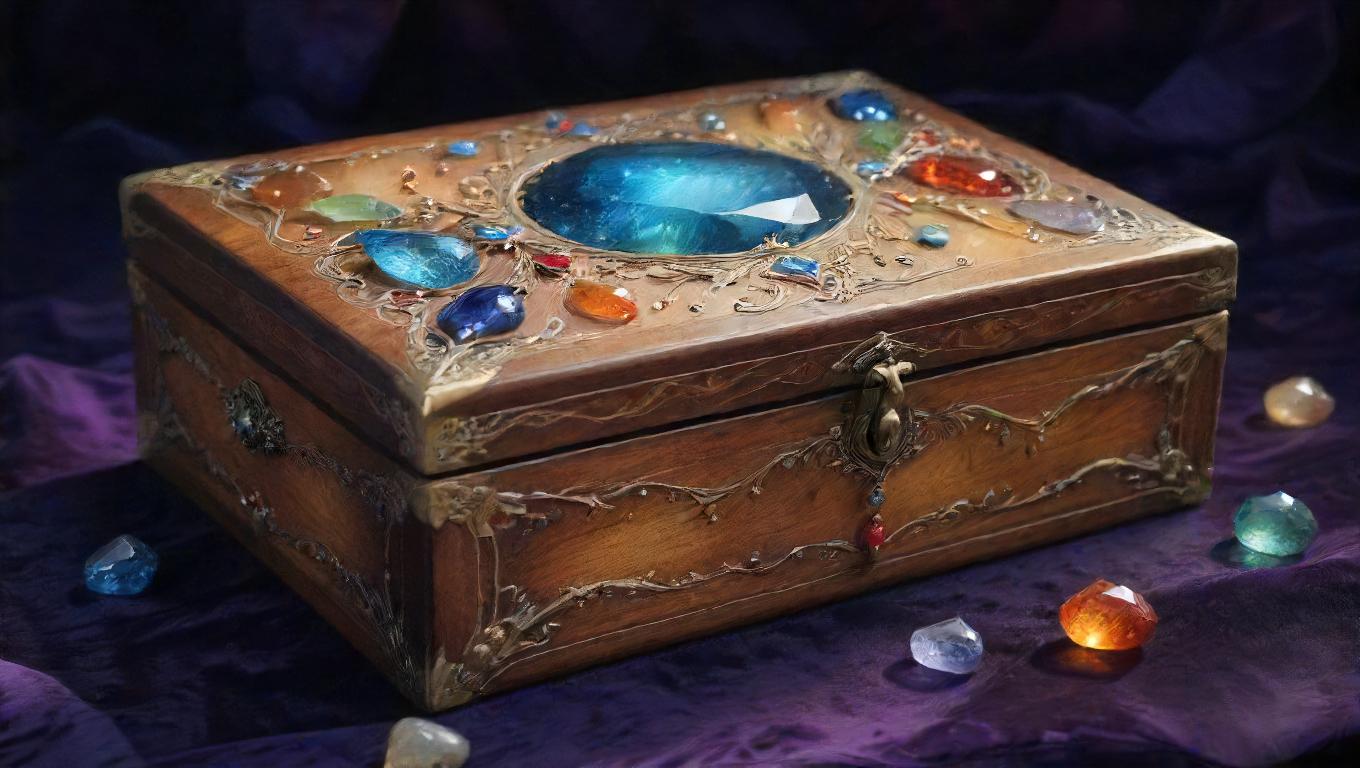
Rocks: The Foundation of Gems
While the word "rock" may conjure images of dull, lifeless stones, the truth is far more fascinating. Rocks are the foundation of our planet, and they hold the secrets to its history. They are also the source of many of the beautiful and valuable gems we admire.
Rocks are classified into three main categories based on how they were formed:
Igneous Rocks: Fire and Fury
Igneous rocks are formed from the cooling and solidification of molten rock, called magma or lava. These rocks are often characterized by their crystalline structure and can vary greatly in color and texture. Examples of igneous rocks include:
- Granite: A hard, durable rock often used in construction. It can also contain valuable minerals like quartz and feldspar.
- Basalt: A dark, fine-grained rock commonly found in volcanic regions. It's a source for gemstones like olivine.
- Obsidian: A glassy, volcanic rock that forms quickly. It's often black but can also be found in shades of brown, green, and red.
Sedimentary Rocks: Layers of Time
Sedimentary rocks are formed from the accumulation and cementation of sediments, such as sand, silt, and shells. These rocks often display layers, known as strata, which tell the story of Earth's history. Examples of sedimentary rocks include:
- Sandstone: Formed from sand grains that have been cemented together. It can contain valuable gemstones like agate and jasper.
- Limestone: Formed from the accumulation of marine organisms' shells. It's the source of beautiful and diverse gemstones like turquoise and malachite.
- Coal: Formed from the accumulation of plant matter over millions of years. It's a fossil fuel and not typically considered a gemstone, but it's a fascinating example of a sedimentary rock.
Metamorphic Rocks: Transformed by Pressure
Metamorphic rocks are formed when existing igneous or sedimentary rocks are transformed by heat and pressure. This process can create new minerals and textures, resulting in beautiful and durable gemstones. Examples of metamorphic rocks include:
- Marble: Formed from limestone under heat and pressure. It's a beautiful and durable rock often used in sculptures and architecture.
- Quartzite: Formed from sandstone under intense heat and pressure. It's a hard, durable rock that can contain valuable quartz crystals.
- Slate: Formed from shale under pressure. It's a fine-grained rock often used in roofing and flooring.
The journey from rock to gemstone is a fascinating one. Understanding the formation of rocks helps us appreciate the beauty and rarity of gems, and it reminds us of the incredible forces that shape our planet.